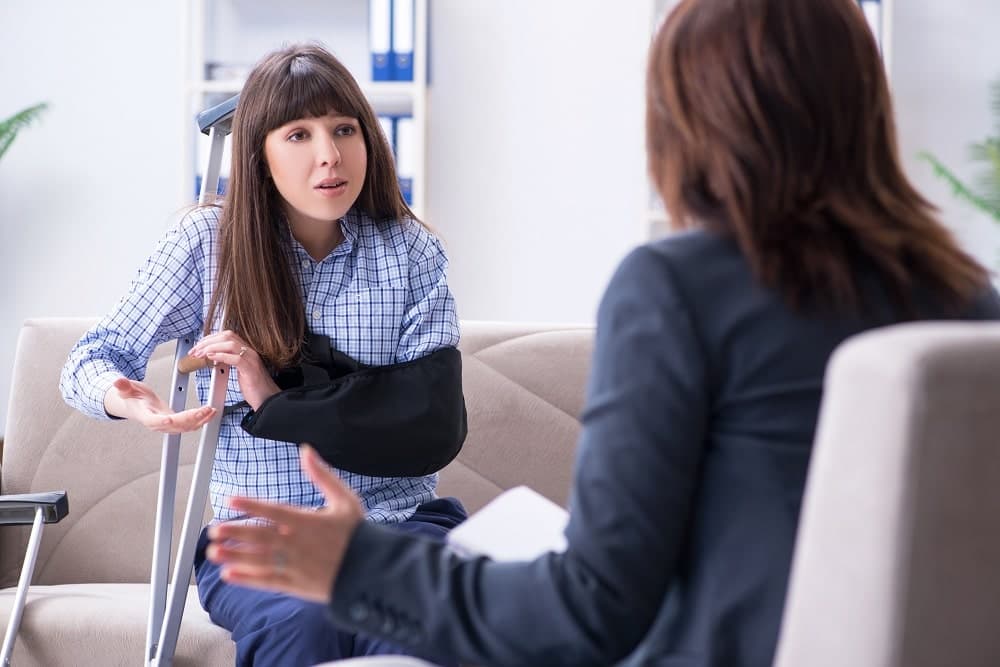
In the seconds, minutes, hours, and days following an injury-causing event like a car collision or a serious fall, preserving key items and documents will help you prove your story later on during the presentation of your case. The following information will help you stay organized and collect evidence relevant to your claim before it is lost or destroyed. Examples include, but are not limited to…
Accident scene photos: answer the ‘HOW?’ in an injury situation. They can illustrate the origin of the dangerous condition or event, and capture the significance of the damage. To understand how something happened, people often need to see it.
- Pictures of all involved vehicles to show the nature and extent of damage to each vehicle
- Pictures of a dangerous condition on land which caused your accident, before it is repaired or cured – preferably taken immediately after your accident
- Pictures of your own property which has been damaged or destroyed
Injury photos: answer the ‘WHAT?’, showing instant bodily harm. Taking pictures of your injuries at regular intervals during recovery can also help explain the long and painful process of recovery. Moreover, photos of you the victim will personalize you to the insurance company, so that you are a human being and not just a claim number. A picture truly is worth a thousand words.
- Pictures of instant injuries – lacerations, bruising, bandages, and casts
- Periodic recovery photos to demonstrate injuries throughout the healing process
- Scarring photos to prove a lasting physical alteration (and a need for a scar removal or revision procedure)
Phone numbers help you stay in touch with difference-makers in your claim. Personal injury cases are evidenced not just by paper and pictures, but also by the people who can bear witness to the traumatic event and the aftermath.
- Witness names and phone numbers to keep in contact with persons who can verify the truth
- Police/security personnel phone numbers to obtain official documents
- Phone numbers for current and former doctors and other medical professionals
- Adjuster phone numbers to monitor claim information
- Friends, family, and co-worker phone numbers to support you
Documents are often the foundation of your personal injury claim, providing objective proof of your damages.
- Medical records and bills prove you reported your symptoms, pursued treatment for your
injuries, and incurred bills as a result - Damage and repair estimates for your vehicle or other lost property
- Procedure estimates for any current or future medical needs
- Paystubs, W-2s, timecards, and tax records can help you recover money for lost wages
- Receipts for out-of-expenses you incurred because of your injuries and losses
- Mileage tracking can provide you with reimbursement for travel related to your personal injury claim
Recordings can bolster the liability situation with irrefutable multimedia evidence.
- Video recordings from a witness, or surveillance video/photographs of the scene by a nearby business is often the most impartial and best evidence of liability
- Audio recordings from witnesses help safeguard facts and liability before memories fade
If you or someone you know needs help in preserving, documenting, and presenting your personal injury claim, contact one of our personal injury attorneys right away. We are here to assist injured victims in navigating the complex and intimidating waters of personal injury claims.






















